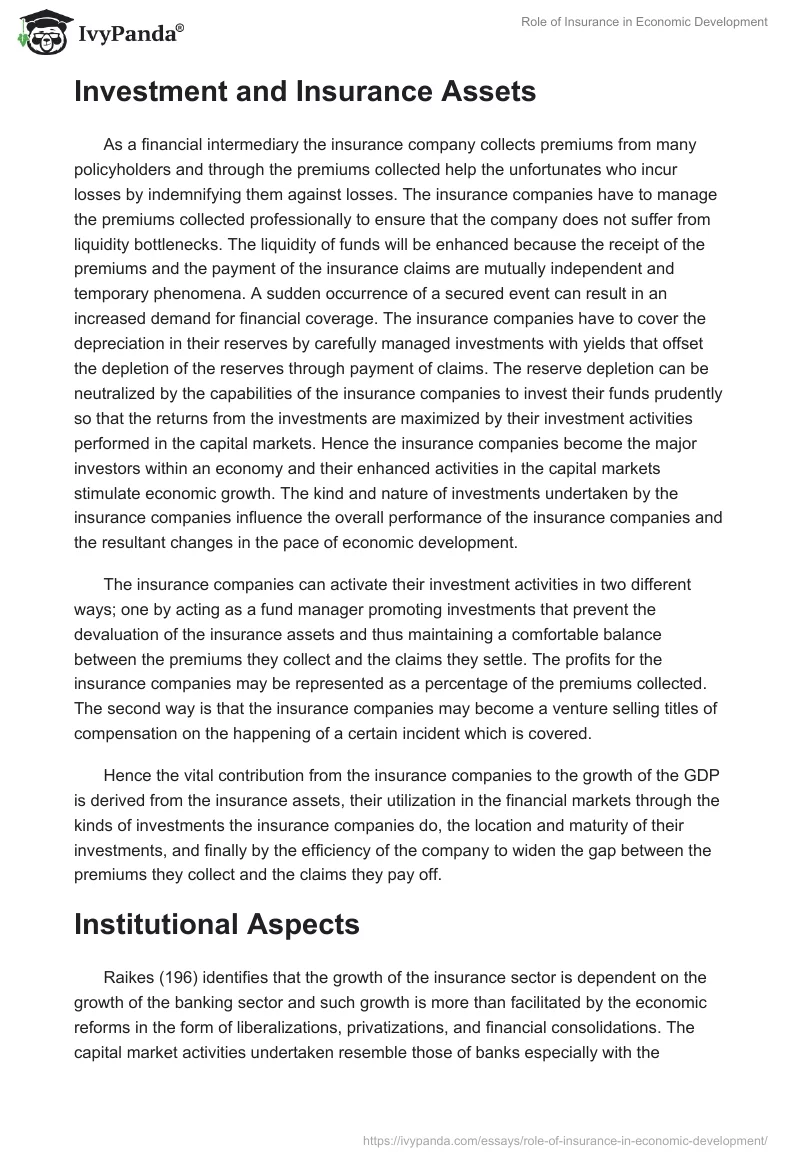Pacific Prime Fundamentals Explained
Pacific Prime Fundamentals Explained
Blog Article
The Facts About Pacific Prime Uncovered
Table of ContentsPacific Prime Can Be Fun For AnyoneThe smart Trick of Pacific Prime That Nobody is DiscussingThe Single Strategy To Use For Pacific PrimeThe Best Guide To Pacific PrimeAll about Pacific Prime

This is since the information were collected for a period of solid financial performance. Of the approximated 42 million individuals who were uninsured, almost about 420,000 (regarding 1 percent) were under 65 years old, the age at which most Americans become eligible for Medicare; 32 million were grownups between ages 18 and 65, around 19 percent of all adults in this age; and 10 million were kids under 18 years old, about 13.9 percent of all children (Mills, 2000).
These quotes of the variety of individuals without insurance are generated from the annual March Supplement to the Existing Population Survey (CPS), carried out by the Demographics Bureau. Unless otherwise kept in mind, nationwide quotes of individuals without medical insurance and proportions of the population with different kinds of protection are based upon the CPS, one of the most extensively used resource of quotes of insurance coverage and uninsurance prices.
Pacific Prime Things To Know Before You Buy

Still, the CPS is especially valuable because it creates annual price quotes reasonably swiftly, reporting the previous year's insurance policy protection estimates each September, and because it is the basis for a regular collection of price quotes for even more than twenty years, permitting evaluation of trends in insurance coverage in time. For these factors, in addition to the considerable use of the CPS in other studies of insurance policy protection that exist in this report, we rely on CPS quotes, with limitations noted.

The quote of the number of without insurance individuals broadens when a populace's insurance coverage status is tracked for a number of years. Over a three-year period beginning early in 1993, 72 million people, 29 percent of the united state populace, were without insurance coverage for at least one month. Within a single year (1994 ), 53 million individuals experienced a minimum of a month without coverage (Bennefield, 1998a)
Six out of every 10 uninsured adults are themselves used. Working does boost the possibility that one and one's family participants will have insurance policy, it is not an assurance. Even members of family members with 2 full-time breadwinner have practically a one-in-ten chance of being without insurance (9.1 percent without insurance rate) (Hoffman and Pohl, 2000).
Pacific Prime for Dummies
New immigrants represent a substantial proportion of people without medical insurance. One analysis has attributed a considerable part of the current development in the dimension of the united state uninsured population to immigrants who showed up in the country between 1994 and 1998 (Camarota and Edwards, 2000). Recent immigrants (those who came to the USA within the previous 4 years) do have a high price of being without insurance (46 percent), but they and their children make up just 6 percent of those without insurance across the country (Holahan et al., 2001).
The connection between health and wellness insurance coverage and access to care is well established, as documented later in this chapter. Although the relationship in between health insurance and health end results is neither straight nor straightforward, a comprehensive medical and health services research literary works web links health and wellness insurance coverage to improved access to care, far better top quality, and enhanced personal and population wellness standing.
Levels of analysis for checking out the effects of uninsurance. It concentrates specifically on those without any type of wellness insurance for any kind find more of size of time.
All About Pacific Prime
The problems dealt with by the underinsured remain in some aspects comparable to those dealt with by the uninsured, although they are normally less serious. global health insurance. Uninsurance and underinsurance, nonetheless, entail definitely different policy issues, and the approaches for resolving them may differ. Throughout this study and the 5 reports to follow, the main focus gets on individuals with no medical insurance and hence no help in paying for health and wellness treatment beyond what is offered with charity and safety web institutions
Medical insurance is an effective element affecting invoice of treatment since both patients and medical professionals react to the out-of-pocket price of services - https://yoomark.com/content/we-are-award-winning-insurance-intermediary-choice-simplifying-world-insurance-help-you-find. Medical insurance, however, is neither essential nor sufficient to access to clinical services. Nevertheless, the independent and direct effect of medical insurance coverage on access to health and wellness services is well developed.
Others will certainly obtain the healthcare they require also without medical insurance, by paying for it expense or seeking it from carriers who offer treatment cost-free or at highly subsidized prices. For still others, health insurance coverage alone does not ensure invoice of care due to various other nonfinancial barriers, such as an absence of healthcare providers in their neighborhood, minimal access to transportation, illiteracy, or linguistic and social differences.
Getting My Pacific Prime To Work
Official research about without insurance populaces in the USA dates to the late 1920s and early 1930s when the Board on the Cost of Treatment created a collection of reports regarding financing doctor workplace gos to and hospital stays. This concern came to be significant as the varieties of medically indigent climbed up during the Great Anxiety.
Report this page